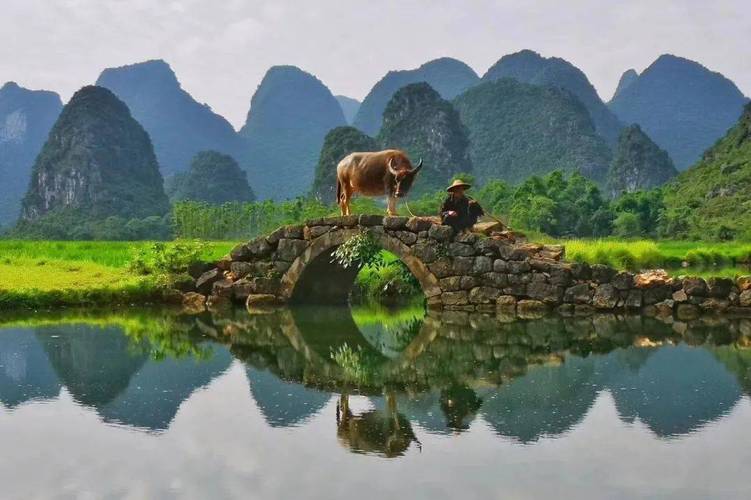India is known for its rich cultural heritage and the diversity that exists within it. From dance forms to food, India has it all. The Indian government has been making significant efforts to preserve and promote traditional practices and cultural heritage through various initiatives. The most recent addition to the list is the 14th Intangible Cultural Heritage of India.
Intangible cultural heritage refers to practices, traditions, and expressions that are central to the identity of a particular community. It includes everything from oral traditions and rituals to music and dance forms. India has a rich heritage of intangible cultural practices that have been passed down from generation to generation.
The 14th Intangible Cultural Heritage of India includes 13 different traditions. Some of the notable ones include the Kumbh Mela, a religious festival that takes place every twelve years and attracts millions of people from all over the world. The other practices include the Chhau dance of Purulia, West Bengal, and Bahurupi tradition of Odisha, among others.
One of the most interesting aspects of these traditions is the way they have evolved over time. Many of them have been orally transmitted and have undergone changes as they have passed from one generation to another. The government has recognized the importance of preserving these traditions in their authentic form. A significant challenge in this regard is striking a balance between the authenticity of the traditions and adapting them to modern times so that they remain relevant.
Many of these traditions are also closely linked to religion and spirituality. For instance, the Kumbh Mela is an important Hindu festival, while the Nongkrem dance in Meghalaya is an offering to the goddess Ka Blei Synshar. These traditions play an essential role in the lives of people and contribute to a sense of communal identity.
Preserving intangible cultural heritage is crucial for the overall development of a community and the country. It helps in promoting cultural diversity and the exchange of ideas between different communities. It also plays an important role in preserving local knowledge and skills that could otherwise be lost.
In conclusion, the 14th Intangible Cultural Heritage of India is an important step in promoting and preserving India’s rich cultural legacy. The various traditions included in it are a testament to the diversity that exists within the country and the way it has evolved over time. It is crucial to continue the government’s efforts in preserving these practices while ensuring they remain relevant to modern times. The traditions also hold great significance for the communities that practice them and play a vital role in shaping their identity.
(Note: Do you have knowledge or insights to share? Unlock new opportunities and expand your reach by joining our authors team. Click Registration to join us and share your expertise with our readers.)
Speech tips:
Please note that any statements involving politics will not be approved.
